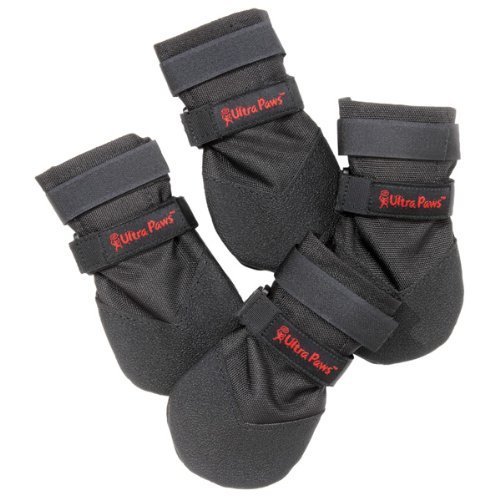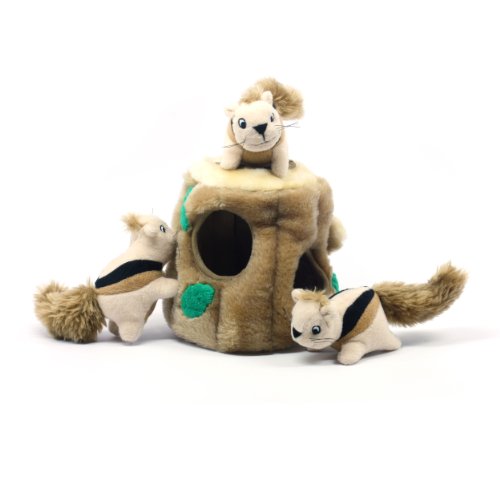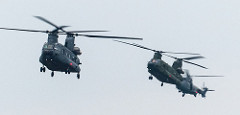Adopting a dog as your companion is a very crucial decision, because of the responsibility it presents for today, but also for the long-term commitment you are making. When you take a dog into your family, your life will be changed forever. By choosing the right kind of dog, you can make sure that you're changing your life for the better, not for the worse.
Unfortunately, many folks thinking about having a dog and which breed to go for make size or the way the look their main priority, yet,however there is a lot more to finding the best dog for you and your family than may appear. Choosing a dog breed whose innate behavior and requirements fit into your life should be your priority.
It all begins with finding the most appropriate breed group which has the breed which fits within your lifestyle. Here we'll begin by looking at the different dog breeds you can select from and their various attributes by group.
Luckily for you, kennel clubs and originations worldwide have adopted a way of putting all breeds in broad groups by the nature of job they have been bred for. A good way to begin your search is your canine organization. The main ones are: American Kennel Club, UK Kennel Club and Canadian Kennel Club.
Almost always the catagories below to divide the different dog breeds:
Utility Dogs
TerriersHunting Dogs (Gundogs)
Hounds
Working Dogs
Toy Dogs
The Working dog has been designed for rescuing, guarding and searching. Example breeds in this section include: Boxers, Corgis, Great Danes, Dobermanns, German Shepherds, Collies, and Rottweillers. These are the heroes" of the dog world, being bred to succeed at their particular task.
Hunting dogs are the breeds which were originally bred to be easily trained in the area of tracking down and retrieving hunting game that's been killed. The hunting dog category is divided into sub-categories: Setters, Retrievers, Hunt/Point/Retrieve, and Spaniels. These dogs are usually very loyal and pleasant pets with a great all-around temperament for a pet, however, you will find they require a great deal of attention and exercising.
Utility dog breeds consist of those dogs that have been used for a distinct use but do not have a sporting origin. Interestingly they are often often the oldest documented breeds with a past stretching back centuries. Included here are: Shih Tzus, Poodles, Dalmatians and Bulldogs.
Dogs in the terrier category are medium to small sized breeds whose love was to pursue rabbits and other rodents. Their small statue enabled them to get into the areas were their prey went. These are ancient breeds of dog that can be followed back hundreds of years and include: Jack Russell, Staffordshire, Miniature Schnauzer, West Highland White, Boston, Welsh, Fox, Border and Scottish. Terriers are gutsy for their size, loyal and determined. They require introducing into a home with small children meticulously as they can be defensive of whoever they deam as leaders of the pack to the exclusion of other people in the home.
Toy dog breeds are included in this group for their small stature. They are the human comrades of the dog world. Examples of breeds here are: Chihuahuas, Pugs, Papillions, Yorkshire Terriers and Poodles. These animals are extremely faithful and need lots of care if they are to do well in your home. They are also talented little dogs but make sure you don't kill them with kindness as over feeding can be a real issue with loving owners. It is possible for these Toy dogs to become very attached to an individual owner so make sure your dog is socialized properly or separation anxiety can be a real issue.
Hounds were initially used for hunting because of their amazing senses of smell or sight. Commonly, they have been subdivided into scent hounds and sight hounds. Included here are: Beagles, Daschunds, Basset Hounds, Greyhounds and Whippets. These dogs must have substantial amounts of exercise, but make good pets for a family.
Having shown you more knowledge about the separate groups of dog breed and their characteristics we hope you willl be able to select a category and dog breed suited to you and your circumstances.

 Caring For Your Golden Doodle
Owning a puppy or a dog can
Caring For Your Golden Doodle
Owning a puppy or a dog can
 Whats in Your Pets Dog Paw and Feet
Paw showing pads A. Claw, B. Digital Pads, C. Metacarpa
Whats in Your Pets Dog Paw and Feet
Paw showing pads A. Claw, B. Digital Pads, C. Metacarpa
 How to Exercise Your Dog: The Benefits and Tips For Exercise
Dogs Living In The Modern WorldFor centuries,
How to Exercise Your Dog: The Benefits and Tips For Exercise
Dogs Living In The Modern WorldFor centuries,
 Stinky Dog Ears
My dog Sasha (pictured) has
Stinky Dog Ears
My dog Sasha (pictured) has
 Disadvantages Of Dog Boarding Solutions Online
When you possess a canine, everyday could seem like a holid
Disadvantages Of Dog Boarding Solutions Online
When you possess a canine, everyday could seem like a holid